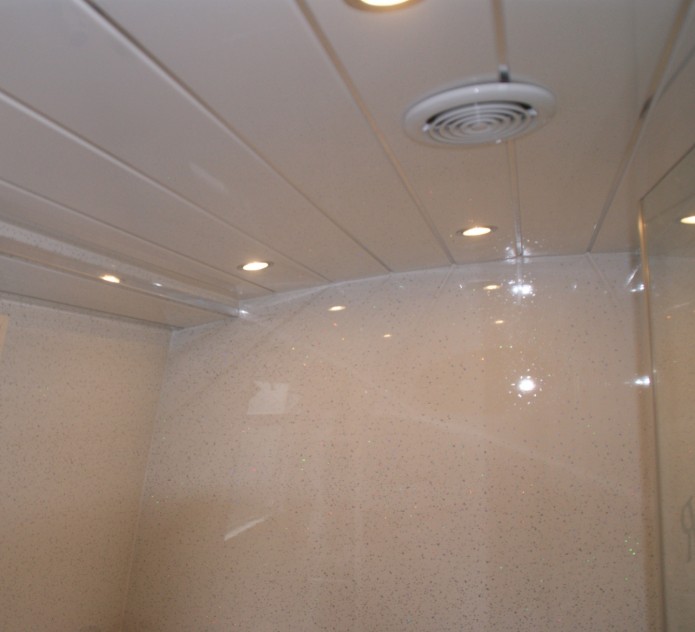Mould and mildew are common in damp environments. Black spots on the shower curtains and mould around the edge of the bath are unsightly and bad for your health. Unfortunately moisture problems are common in bathrooms, washrooms and any other places where there are high humidity levels. So how can mould and mildew problems be prevented?
Health Risks Associated with Mould and Mildew
Mould spores can cause all kinds of health problem in those who are allergic to them. Children and people with lung disease or compromised immune systems will also be sensitive to the presence of mould and mildew. People with asthma may find it hard to breathe in rooms where mould has been allowed to grow unchecked. In serious cases, mould can cause an asthma attack. In fact any which way you look at it, mould is not good for our health.
Where does Mould and Mildew Grow?
Mould and mildew love damp environments, so it is common to see mould spots and mildew stains in bathrooms and kitchens. However, mould will grow anywhere if the conditions are right, so carpets, furniture, walls and floors are all acceptable breeding grounds for mould spores.
Prevention Tactics
Tackling mould and mildew is a two step process: clean up the mould and mildew and then cure the underlying cause.
- Ventilation – Washrooms and other damp environments need adequate ventilation at all times. Extractor fans are ideal for shower areas and if you have air conditioning, use it. Clean out air vents regularly so that they can do their job.
- Heating – Cold environments encourage the formation of mould and mildew. Cold air doesn’t retain moisture well. Moisture condenses on cold surfaces, which encourages mould. Try turning up the heat during cold weather if mould is a problem in your home.
- Clean surfaces regularly – If mould and mildew are an issue, it is a good idea to clean problem areas as often as possible to prevent a build up. Consider replacing traditional ceramic tiles with mould resistant Proclad uPVC panels as this makes it easier to clean large areas.
- Improve air circulation – Open windows and leave doors open between rooms to encourage air to move around more.
- Humidity – Use a dehumidifier if humidity levels are higher than 60% (you can check this using a hygrometer).
- Leaks – Look for leaks around sinks, baths, and showers, and if there are any, repair them as soon as possible.
- Insulation – Ensure outside walls and other surfaces are well insulated to prevent condensation from building up.
- Drying clothes – Don’t dry wet clothes on radiators as this can make damp problems worse. Instead use a tumble drier that vents to the outside or hang wet clothes on a clothes line outdoors when weather permits.
Mould and mildew can be highly destructive if left untreated. Over time damp and mildew will ruin soft furnishings and carpets. It looks unsightly and if you don’t deal with the problem it will get a whole lot worse.


